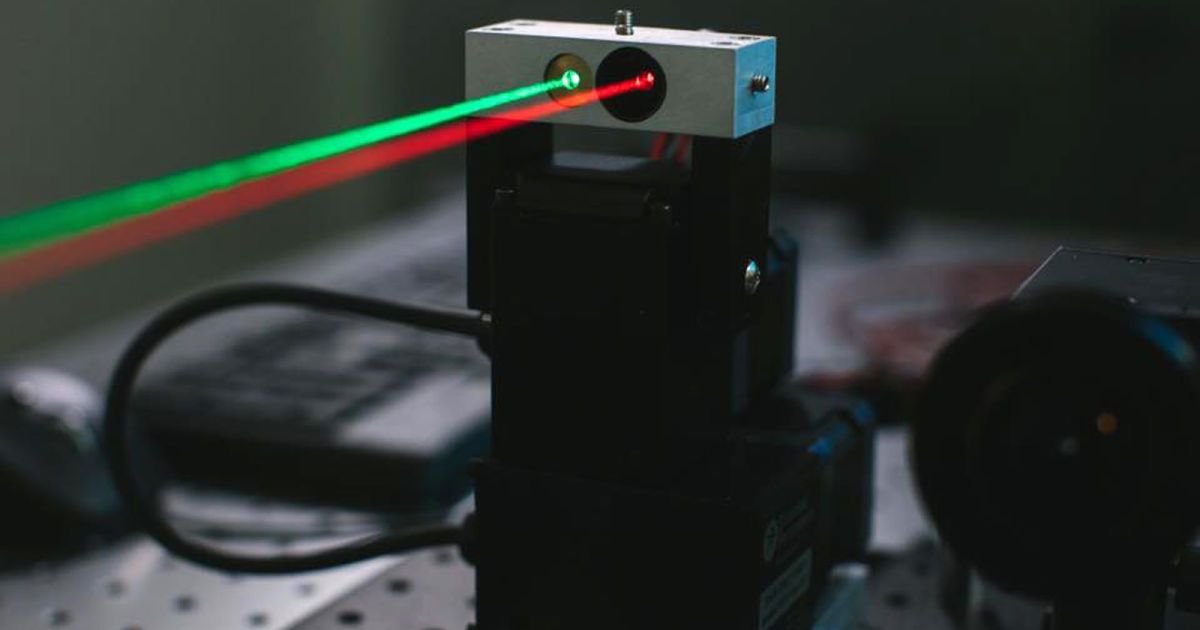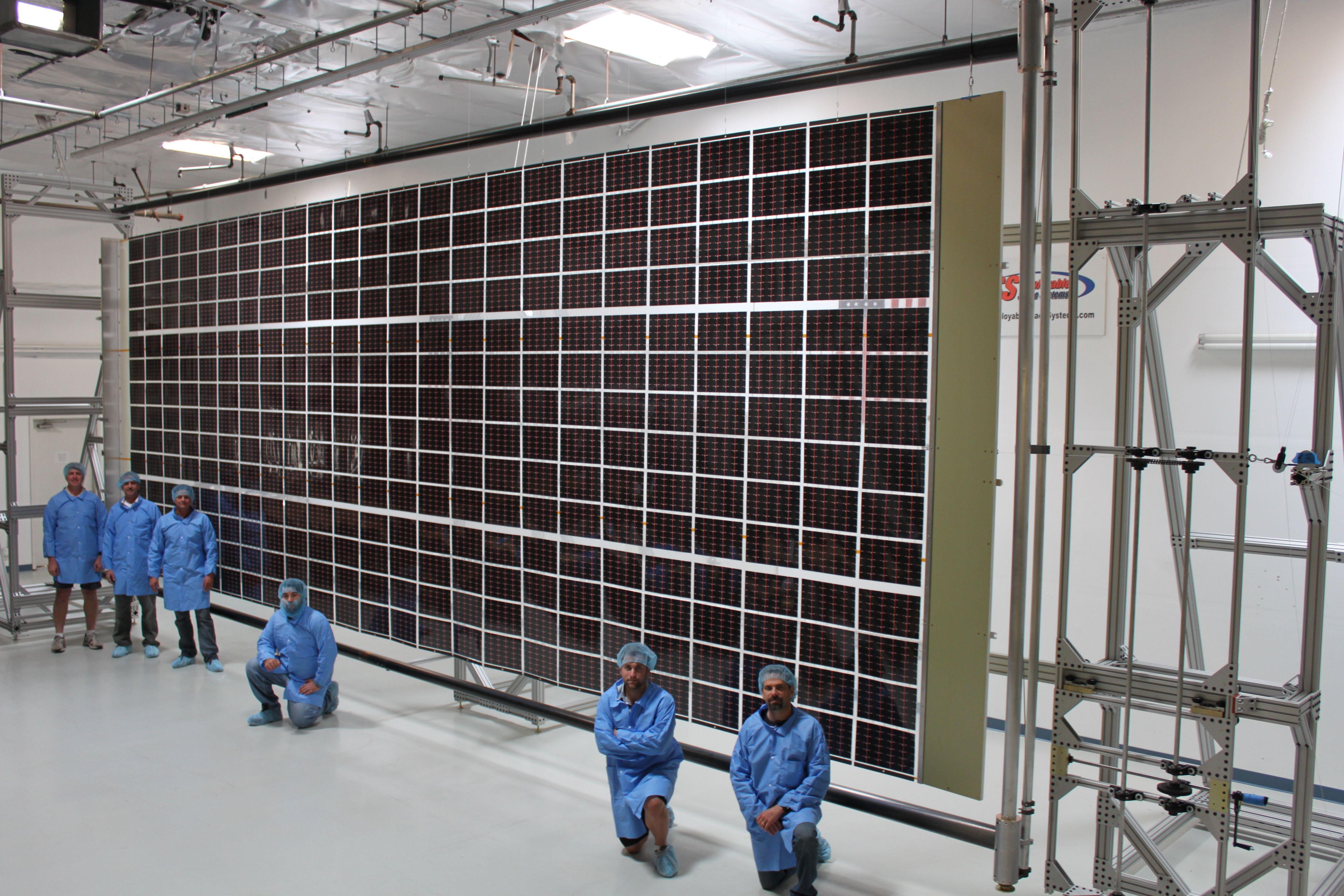New research funded by Facebook suggests that a new development in laser-receiving technology could bring internet access to more places.



The New York City subway system is gearing up for a major overhaul meant to bring a “modernized look and feel” to lighting, wayfinding and subway cars by the year 2020. At a press conference on Monday, Governor Andrew Cuomo announced the Metropolitan Transportation Authority’s $27 billion, five-year plan to add 1,025 new subway cars, more informative digital screens, better security features and — most importantly for anyone who needs to get some work done underground – WiFi and USB charging ports in the cars and stations.
“People want to work, and they want their device to work 24 hours a day,” Governor Cuomo during the event at the New York Transit Museum in Brooklyn. “They don’t want to have to look up. There has to be WiFi, and there need to be charging ports.”
In addition to free juice and an internet connection, the new subway cars will sport “full color digital customer information displays,” as well as new digital ad space. On a practical level, the cars will offer wider doors to expedite boarding times and up to 750 of new cars will feature an open-ended design that allows for more passenger space.
Facebook plans to use solar-powered drones to extend internet access to remote parts of the planet.
Read the latest on these ambitious plans: http://bbc.in/29WgEvF

So far the system can be used to receive signals carrying data at rates of up to 2.1 gigabits per second, though the team claims it could go faster if it were built to absorb infrared, rather than blue, light.
It’s worth pointing out that this isn’t the first piece of hardware to emerge from the Connectivity Lab. Famously, it’s been working on a solar-powered drone to deliver Internet access. That particular project is progressing slowly, though, so despite the fact that the team behind the new laser device plans to test it in a real-world setting, there’s likely still much development ahead before it’s used widely.
The social network is, however, busy pursuing plenty of other projects to take data to the sticks. Most notably, its Telecom Infra Project will use open-source cellular networks to achieve similar results. That way, you see, anyone will be able to sign up on Facebook.

Have you wondered how Facebook might offer high-speed internet access using lasers? The company’s Connectivity Lab is happy to show you. It just published a research paper explaining laser beam technology can deliver up to 2Gbps to remote places. The trick, it says, is to use fluorescent optical fibers to collect the light instead of relying on traditional optics. Since the fibers don’t emit the same color that they’re absorbing, you can shine a brighter light at them (similar to a solar concentrator) and manage an extremely quick turnaround time of under 2 nanoseconds. Combine that with multi-stream data encoding and you get the ample bandwidth that’s normally reserved for WiFi and wired networks.
Facebook says it’s “investigating the feasibility” of shipping laser internet hardware based on this technology, but that may be more realistic than you think. The social network managed this feat using readily available materials that weren’t even meant for the purpose. It’s hoping that other organizations will craft optimized materials that are better-suited, and notes that an infrared-based system might hit speeds of up to 10Gbps. As important as Facebook’s findings might be, they’re only just the beginning.

The team is now embarking on its most ambitious project yet, a wide-reaching virtual reality network called Project Sansar that is, in many ways, aiming to become a new layer of reality that gives individuals and businesses a space to experiment with VR environments for their first time.
I had the chance to sit down for a demo of Sansar with Linden Lab CEO Ebbe Altberg this past week and take an early look into some of the platform’s first environments.
Traversing the worlds of Sansar and chatting with my guide, Linden Lab VP of Product Bjorn Laurin, was a mostly seamless experience but still an oddly unsettling one. It’s not that anything was particularly creepy about the place I was viewing through an Oculus Rift headset. Sansar is visually placid and often beautiful, but it’s also startlingly scalable and boundless. Scale is something that’s often taken for granted in an age of video game epics like Skyrim and GTAV, but when every horizon you see through your own point-of-view is conquerable, you’re left to either feel very bold or very lost.

NASA’s Space Technology Mission Directorate (STMD) worked with two private firms to develop advanced structures for high power solar arrays that are stronger, lighter, and package more compactly for launch. This technology investment furthers the agency’s deep space exploration goals and aids the commercial communications satellite industry, the provider of direct-to-home television, satellite radio, broadband internet and a multitude of other services.
The Roll Out Solar Array (ROSA) is one of the options eyed by NASA that could power an advanced solar electric propulsion spacecraft that makes possible such endeavors as the agency’s Asteroid Redirect Mission—plucking a multi-ton boulder from an asteroid’s surface, and then maneuvering that object into a stable orbit around the moon for human inspection and sampling.
Tapping into ROSA technology allows the conversion of sunlight into electrical power that drives the ion thrusters of a solar electric propulsion spacecraft. ROSA is expected to enable a number of space initiatives and is a cost-saving plus to transport cargo over long distances beyond the Earth.

Horizon Robotics, led by Yu Kai, Baidu’s former deep learning head, is developing AI chips and software to mimic how the human brain solves abstract tasks, such as voice and image recognition. The company believes that this will provide more consistent and reliable services than cloud based systems.
The goal is to enable fast and intelligent responses to user commands, with out an internet connection, to control appliances, cars, and other objects. Health applications are a logical next step, although not yet discussed.
Wearable Tech + Digital Health San Francisco – April 5, 2016 @ the Mission Bay Conference Center.

Dark Net v. Law Enforcement — who is winning and who is struggling.
The Dark web is a privileged place for cyber criminals that, under specific conditions, could operate in anonymity.
The United Nation’s Office on Drugs and Crime (UNODC) has published its annual report that contains a specific mention to the illicit trade of goods and drugs in this hidden part of the web.
The crooks seem to be one step ahead many countries’ law enforcement agencies that in many cases are not able to target black markets in the dark web.
